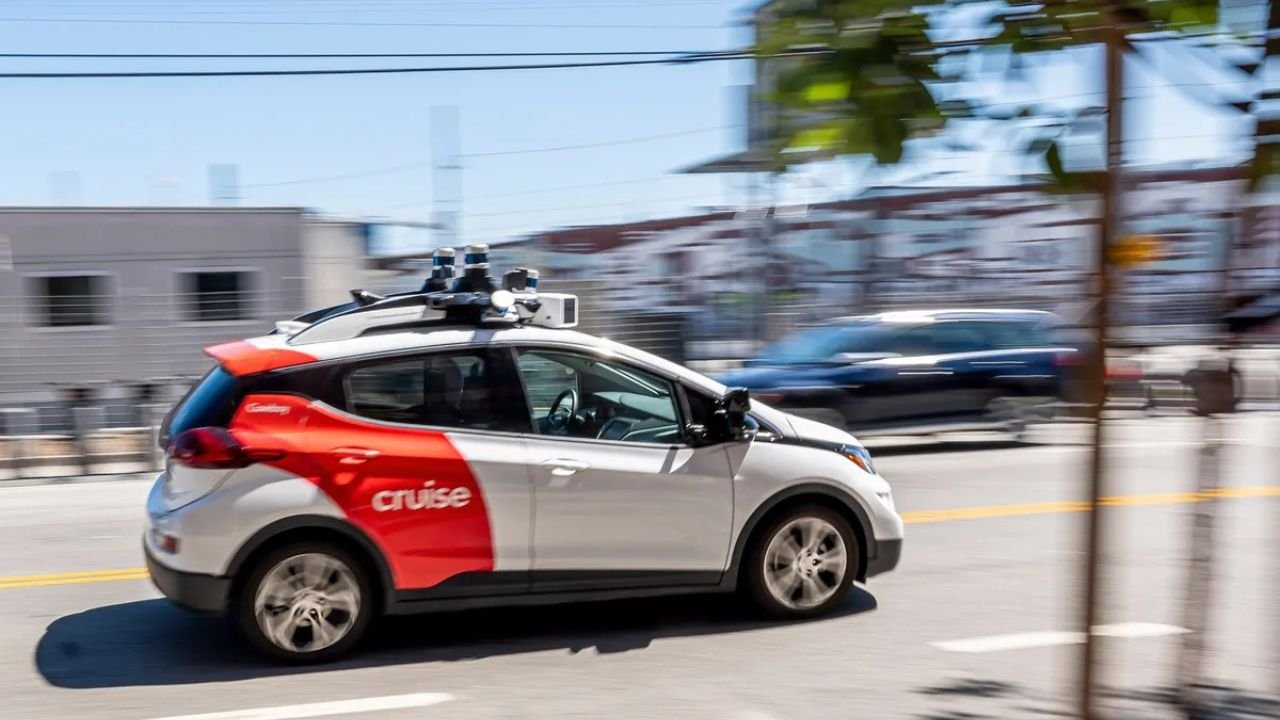General Motors (GM) is making a bold move to bring back its driverless car program after facing setbacks with its Cruise robotaxi division. The company is shifting its focus to creating self-driving cars for personal use, moving away from robotaxi services. This new direction comes after a tough period for Cruise, marked by a serious accident and regulatory challenges. In this article, we’ll explore GM’s renewed efforts, their plans, and what this means for the future of autonomous vehicles.
Why GM Is Restarting Its Driverless Car Program
A Shift to Personal Autonomous Vehicles
GM is changing its strategy to focus on self-driving cars designed for individual owners rather than robotaxis. This decision follows the shutdown of Cruise, GM’s robotaxi unit, which faced significant hurdles after a high-profile accident in 2023. The company believes that personal autonomous vehicles offer a better business opportunity, requiring less investment and aligning more closely with GM’s expertise in manufacturing consumer cars.
Learning from the Cruise Debacle
Cruise, acquired by GM in 2016, was once a leader in autonomous driving. However, a serious incident in San Francisco, where a Cruise robotaxi dragged a pedestrian, led to the suspension of its testing permits and the eventual closure of the division. The accident, combined with high development costs—estimated at $10 billion—prompted GM to rethink its approach. Now, the company is leveraging lessons from Cruise to build safer, more practical self-driving technology.
GM’s New Plan for Autonomous Driving
Step-by-Step Development
GM’s renewed driverless car project is being led by Sterling Anderson, a former Tesla Autopilot chief who joined GM in 2025. The plan starts with developing vehicles that allow hands-free and eyes-free driving with a human still in the car. The ultimate goal is to create a car that can drive itself without any human intervention, known as Level 4 autonomy. This gradual approach aims to ensure safety and reliability before fully autonomous cars hit the market.
Recruiting Talent
To make this vision a reality, GM is hiring former Cruise employees and new talent for its Mountain View, California office. Anderson emphasized that autonomy is the future of transportation, and GM is committed to building a strong team to achieve it. The company is also using human-driven vehicles equipped with LiDAR technology to collect data, which will help develop simulation models for self-driving systems.
Building on Super Cruise
GM’s existing hands-free driving system, Super Cruise, serves as a foundation for this new project. Available on 20 GM models, Super Cruise allows drivers to take their hands off the wheel while still monitoring the road (Level 2 autonomy). The company plans to enhance this technology to reach Level 3 and eventually Level 4 autonomy, where the car can handle most driving tasks independently.
Challenges and Opportunities
Overcoming Past Mistakes
The Cruise division faced multiple challenges, including accidents and regulatory scrutiny. In October 2023, a pedestrian was struck by a human-driven vehicle and thrown into the path of a Cruise robotaxi, which then dragged her 20 feet. This incident led to a $500,000 fine and the firing of nine executives. GM is now focusing on safety and transparency to rebuild trust in its autonomous technology.
A Competitive Market
The driverless car industry is highly competitive, with companies like Waymo and Tesla also working on autonomous vehicles. GM’s decision to focus on personal cars rather than robotaxis sets it apart from competitors who are prioritizing ride-sharing services. This strategy could give GM an edge by tapping into the growing demand for software-driven vehicles, which are expected to generate significant revenue by 2035.
Financial Benefits
By abandoning the costly robotaxi business, GM expects to save over $1 billion annually. The company has already reduced Cruise’s workforce by half and is negotiating to buy out minority shareholders, increasing its ownership to over 97%. This restructuring allows GM to focus resources on developing autonomous technology for personal vehicles, which aligns with its goal of efficient capital use.
Key_controls
| Difficult Term | Simple Explanation |
|---|---|
| Autonomous | Self-driving, operates without human control |
| Robotaxi | A driverless taxi service |
| LiDAR | A technology using lasers to map surroundings for navigation |
| Level 2 Autonomy | Hands-free driving, but driver must monitor the road |
| Level 3 Autonomy | Car handles some driving, but driver must be ready to take over |
| Level 4 Autonomy | Car can drive itself in most situations without human input |
The Future of GM’s Driverless Cars
A Unique Position in the Industry
Unlike many competitors focusing on robotaxi services, GM’s emphasis on personal autonomous vehicles positions it uniquely. The company aims to integrate advanced driverless features into consumer cars, potentially offering upgrades through software subscriptions. This aligns with industry trends predicting that over 50% of carmakers’ revenue will come from software and digital services by 2035.
Safety and Regulatory Hurdles
GM faces challenges in ensuring the safety of its autonomous systems and gaining regulatory approval. The Cruise incident highlighted the risks of driverless technology, and GM is working to address these concerns through rigorous testing and data collection. The company’s LiDAR-equipped fleet is already logging miles to refine its technology.
Conclusion
General Motors is embarking on an ambitious journey to revive its driverless car program after the challenges faced by its Cruise division. By focusing on personal autonomous vehicles, leveraging Super Cruise technology, and recruiting top kely talent, GM aims to create safer and more reliable self-driving cars. While the road ahead involves overcoming past mistakes and navigating a competitive market, GM’s strategic pivot could position it as a leader in the consumer autonomous vehicle space. With a commitment to safety and innovation, GM is poised to shape the future of transportation.




